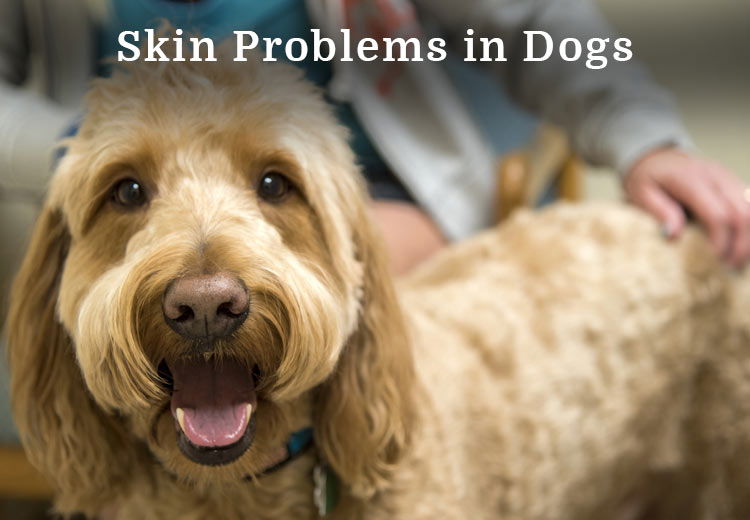 Jan 11, 2019
Jan 11, 2019

Skin is the topmost layer of the body and is thus susceptible to more damage because it comes in contact with the environmental allergens and microbes directly. And this predicament is unanimous to humans as well as animals. Skin allergies cause a lot of trouble to pets like itching, scratching, rashes, sores, and hot spots and therefore require to be addressed timely. Sometimes skin allergies also occur due to some underlying health issues and thus must be addressed on priority. So, here are some common reasons behind these skin issues along with their treatment.
Common Skin Problems in Dogs
Fleas
Many dogs are sensitive to flea saliva and can easily develop Flea Allergy Dermatitis (FAD) when the dog is bitten by a flea. This allergy causes excessive itching and the dog may also develop hotspots and bald patches due to chewing and transmit tapeworms and other bacterial infection into the system. To combat this infestation, it is therefore important to treat them with flea and tick treatments.
Ringworms
Ringworm is a fungal infection and manifests in the form of circular, rough and crusty patches. These lesions lead to itching and are very contagious, thus must be treated immediately. There are many medicated skin shampoos and topical solutions that can treat this fungal infection so make sure you administer it to your pet if he gets the infection.
Mites
Mites can cause Mange in dogs which also appear as lesions and rashes on the skin. These lesions can spread to the entire body and can even lead to excessive hair loss and bald spots. Demodectic mange and Sarcoptic mange are the two mites that play the culprit and must be treated with a good antimicrobial ear and skin ointment.
Food Allergy
Beef, dairy, egg or even chicken can also at times be the cause of an allergic reaction in pets. It can lead to itching on the face, feet, ears, anus and sometimes can even cause more severe complications like vomiting, diarrhea, and many other gastrointestinal issues. Though diagnosing a food allergy is a difficult task, it can be found out by feeding your dog a diet that has none of the aforementioned allergy causing ingredients. He must have a hydrolyzed diet for 2-3 weeks that contains a very minimum amount of protein.
Environmental Allergy
This kind of allergy is seasonal and is usually inherent in some dog breeds. It can happen when a dog comes in contact with the pollens in the air, grass or dust mites. Since you cannot simply refrain your dog from going out, the only way to treat this kind of allergy is by medicines and using medicated shampoos and bathing solutions or by moving to another place in a different environment if possible.
Dandruff
Dandruff is a skin condition which is caused due to lack of moisture in the skin or deposited dirt. Many a times lack of protein in the diet is also a big reason for dandruff thus it is important that a dog is fed a good amount of protein which is non-allergenic to him and a diet that is also rich in Omega 3 and 6 fatty acids, vitamins as well as minerals. What goes into the body shows onto the skin, therefore, make sure your dog is well-nourished. Also, use of a good quality moisturizing dog shampoo will also help alleviate the condition.
Skin allergies can take a toll on your dog, keeping him consumed most of the time, therefore, try to figure out which allergen is causing that allergic reaction in your dog so you can take necessary steps accordingly. Contact your vet for a better suggestion and examination in case of any dilemma.